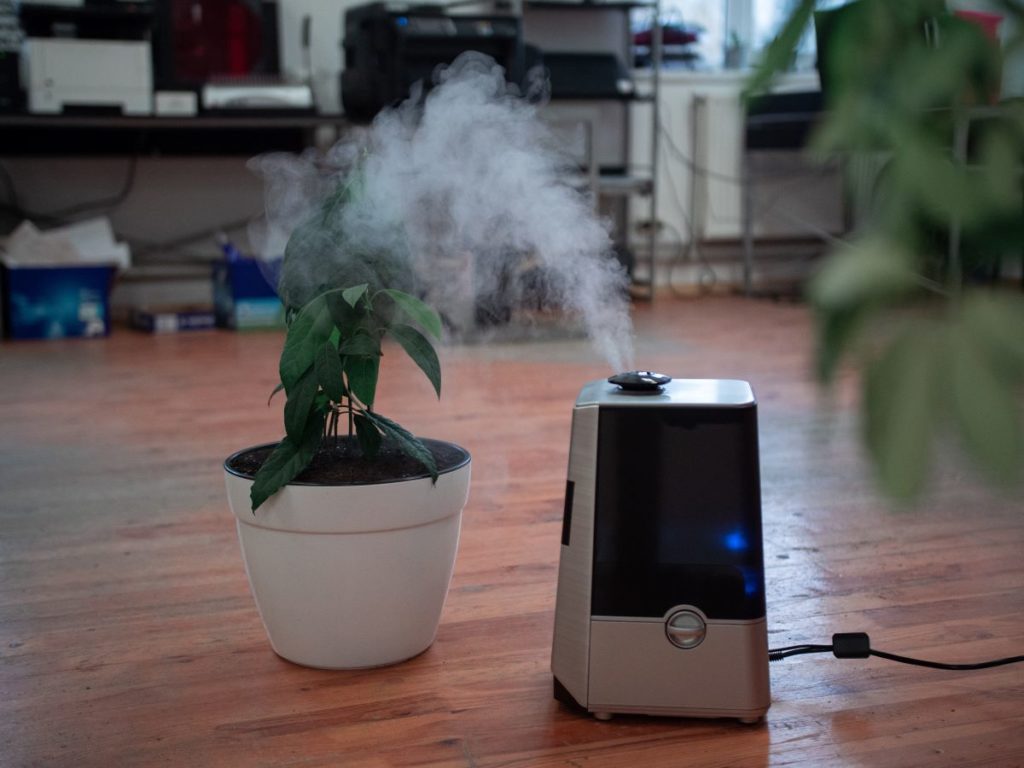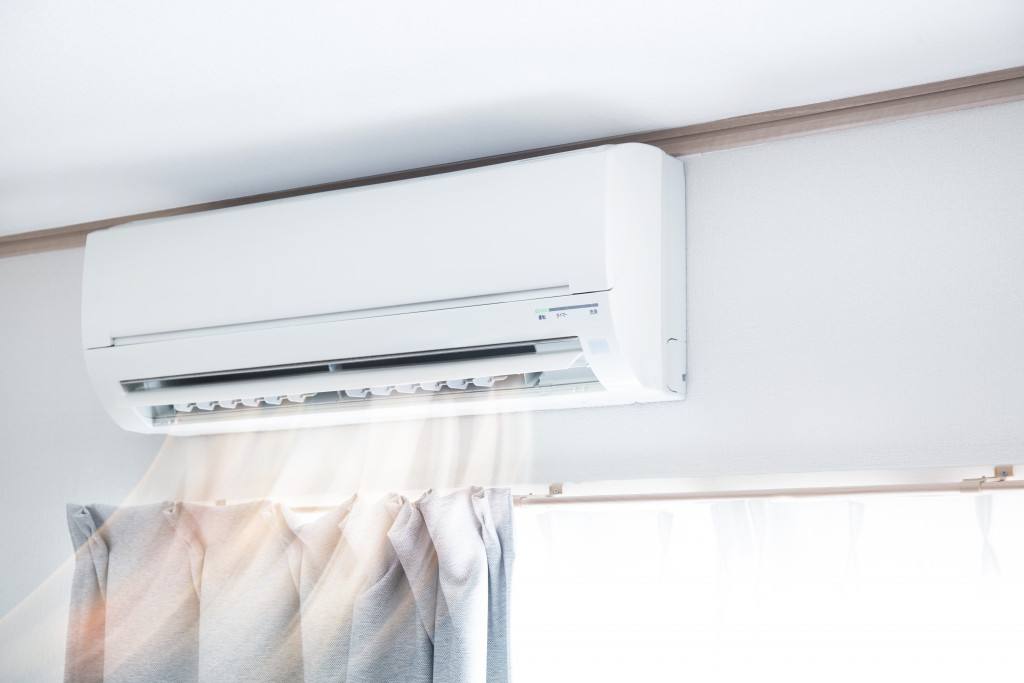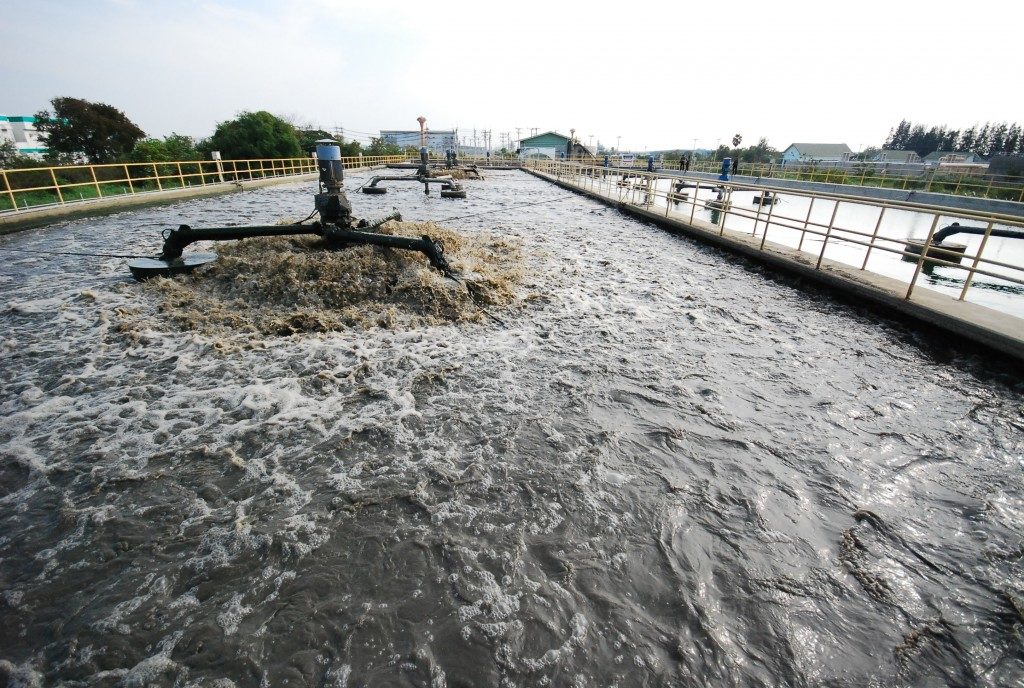Although it feels great to snuggle around during the chillier months of the year, winter can worsen other people’s allergic reactions. Stale indoor air and inadequate heating systems can increase the allergen levels inside your home. Thus, making it even less comfortable than it should.
Harvard Health Publishing says that most of the factors that cause problems are virtually odorless. So, there isn’t anything that’ll warn you of the problem. Since it’s only common for most people to close their windows during winter, there isn’t enough fresh airflow from the outside. Thus, causing the allergens to get trapped inside.
It’s only crucial to put effort into improving your home’s indoor quality to help reduce the chances of an asthma flare-up and other allergic reactions. While it’s not entirely possible to get rid of allergens inside your house, there are ways to help you reduce their number. Here are a few pointers that you can follow to help boost your home’s indoor quality and hopefully alleviate your allergic reactions.
Keep the floors clean
It may not look like it, but your floor is one of the areas that attract the most allergens. Experts even say that allergens and chemicals can gather in household dust for several years. That’s why it’s highly advisable to have a vacuum equipped with a HEPA filter to reduce the allergens inside your home. Doing so will also help get rid of other traces of toxins together with pollen and pet dander.
Another way to spotlessly clean your floor is through mopping. Doing so helps pick up the dust that your vacuum wasn’t able to get. If you don’t have access to soaps and cleaners, using plain water is more than enough to catch any left dust or allergens. You can also consider using microfiber mops to capture more dirt.

Monitor your home’s humidity level
WebMD says that mold and dust mite thrive on moisture. So, it would help if you keep your home’s humidity level to at least 30% to keep the allergens under control. Using a dehumidifier can help reduce the moisture level inside. Thus, effectively controlling the number of allergens.
You can also consider using an exhaust fan while cooking or using the dishwasher to promote proper air circulation. Also, ensure that you don’t overwater your indoor plants to prevent excess water from evaporating. Watch out for any leaks in your plumbing and have it fixed as soon as possible. It would be best to get your home air purification system checked to ensure that it’s working correctly.
Turn your home into a non-smoking space
Many experts believe that the top contributor to indoor air pollution is cigarette smoking. Every cigarette stick contains more than 4,000 chemicals, which only increases a child’s risk of developing respiratory and ear infections when inhaled. Even worse, secondhand smoking also doubles the chance of developing asthma and skin cancer.
If you want to quit smoking but are having problems doing it, several support groups can help you. There are nicotine-replacement therapies that can help you alleviate your cravings, too.
Use a more natural way to make your home smell good
Synthetic scents release dozens of chemicals into the air that you won’t find on their product labels. Some even contain chemicals that the U.S. federal laws find toxic or hazardous. That’s why it’s best to use fragrance-free laundry products to clean your clothes. If it isn’t possible, then another alternative is naturally-scented laundry products. It’s also best to stop using any aerosol sprays to keep the indoor air clean.
There are other ways to keep your indoor air clean at all times, especially during the winter. All you need to do is find which one works for you and stick to it.





